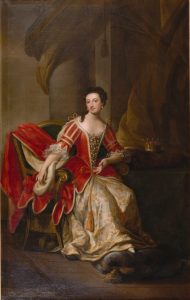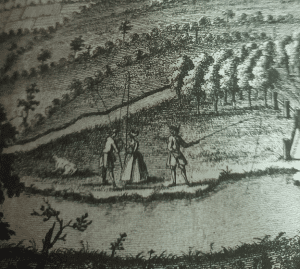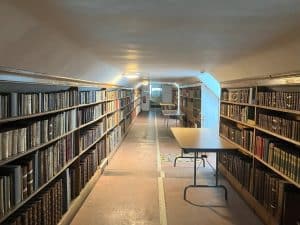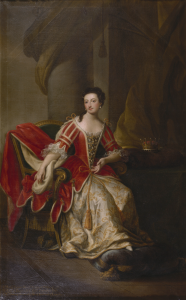Holkham Dinner Party – The Taste of Dining
September 1, 2020 | Treasure tales and archive snippets | 4 minute read
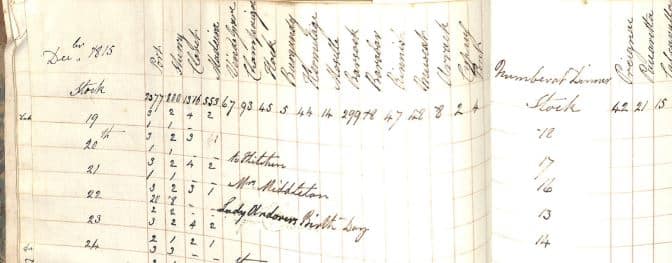
Although English food was generally thought to be less imaginative and sophisticated than its European neighbours, the eighteenth century witnessed a growth in the idea of food as theatre, particularly under the influence of the French. T.W. Coke’s period matches almost identically that of the famous Marie Antoine Carême, chef extraordinaire who cooked for the Prince Regent. Having a French chef became the fashionable accessory amongst the elite, and it is no surprise that T.W. Coke himself employed one. The Cook (of Chef if he were male) was one of the most important – and well paid – member of domestic staff, and the French chefs employed by T.W. Coke were paid £89.5.00 a year between 1790 and 1793.
Despite employing an expensive cook, the account of dinners at Holkham do not astound with their gastronomic creativity; in a letter of 1841, towards the end of T.W. Coke’s life, Alexander Napier describes how the dinner was:
‘plain and substantial— thin, watery vegetable soup at the top [of the table] and stewed duck at the bottom. Second course— roast pig at the top and stewed venison at the bottom, and two side dishes of cutlets or suchlike, and the third course, a pudding and a pie, both excellent. Lastly, we had good port and sherry, and glorious beer, of which the ladies liberally partook’.
Alexander Napier however was the family chaplain, as wells as a close friend, and it is possible he would have been dining in a more informal setting. The extensive collection of copper jelly moulds – used to make intricate desserts – that can be seen in the Old Kitchen suggest that for grander affairs more impressive food was attempted.
However, whilst the food may have sometimes lacked a certain je ne sais quoi, the wine certainly did not disappoint. The wine books from T.W. Coke’s period detail the number of bottles consumed each day, and when entertaining, how many bottles were consumed at dinner. For the birthday dinner of one of Coke’s daughters, Lady Andover, in 1815, 16 bottles of wine and sherry were consumed over dinner; unfortunately, the size of the party is not given, so it is difficult to judge how free flowing the drink was. At the Revolutionary Ball in 1788, when 500 were entertained to dinner, the newspapers reported that each place was set with a bottle of champagne and burgundy; in 1817, it was recorded that 500 bottles a day were served during the annual Sheep Shearing, which must have been close to a bottle each for all those in attendance.
It is not just wine that was enjoyed by guests to the hall, and rum was popularly consumed at large events, particularly during the Audit Dinners put on for tenants twice yearly, with 16 bottles of rum being consumed at the summer dinner in 1816. It should be remembered, however, that the eighteenth and nineteenth century partiers had a penchant for rum punch, which is where those 16 bottles likely went!
Read more from the Holkham Dinner Party series:
Part 1: The Architecture of Dining
Part 2: The Theatre of Dining
Part 3: The Holkham Silver
View all latest blog posts here.
